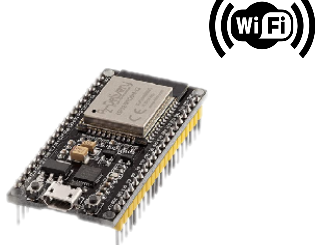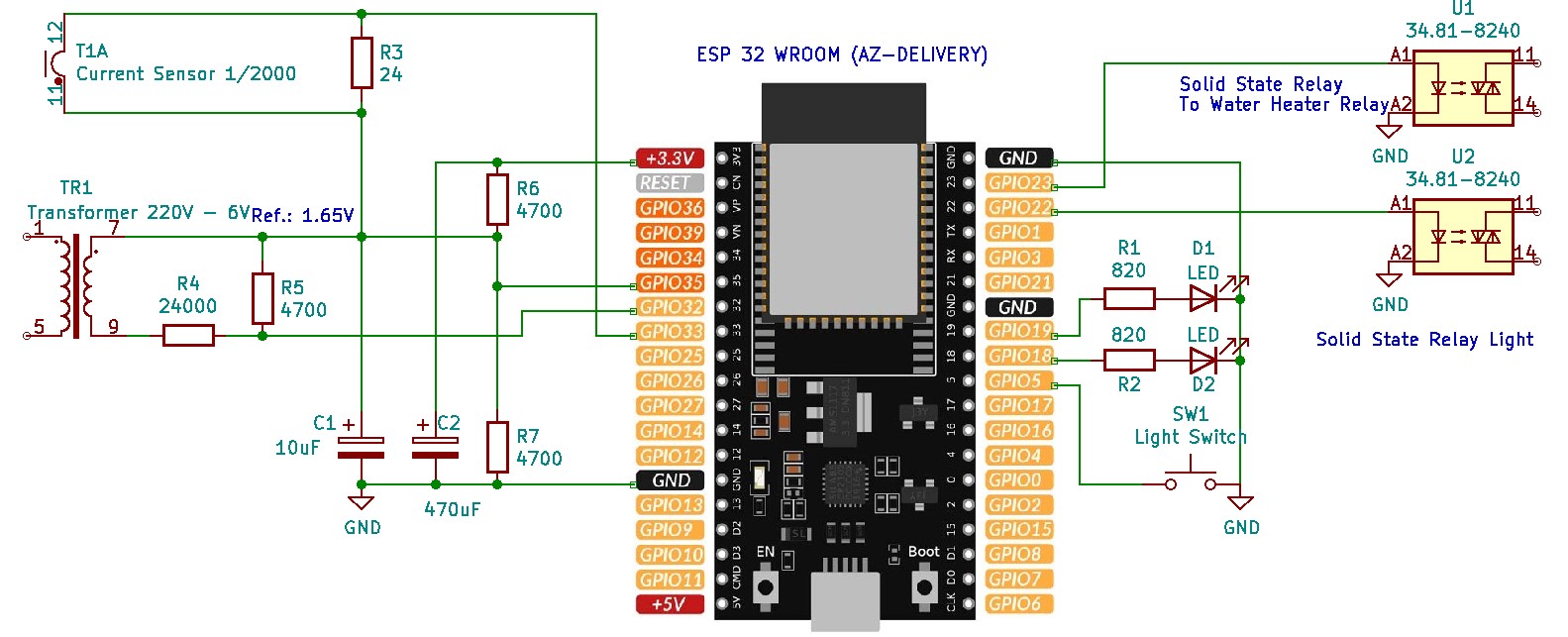ESP32 Watchdog example

The ESP32 Watchdog, since board management version 3.0x, is largely modified compared to the previous implementation. Here is a simple example of how to implement it (Arduino IDE).
A key point is to set a delay of at least 1 ms after each reset:
esp_task_wdt_reset();
delay(1); // <—————————— Mandatory
#include <esp_task_wdt.h>
#define WDT_TIMEOUT 25 // Timeout in seconds
esp_err_t ESP32_ERROR;
int i = 0;
int last = millis();
void setup() {
Serial.begin(115200);
delay(100);
Serial.println("Configuring WDT...");
Serial.print("Watchdog Timeout (in seconds) set to : ");
Serial.println(WDT_TIMEOUT);
esp_task_wdt_deinit();
// Task Watchdog configuration
esp_task_wdt_config_t wdt_config = {
.timeout_ms = WDT_TIMEOUT * 1000, // Convertin ms
.idle_core_mask = (1 << portNUM_PROCESSORS) - 1, // Bitmask of all cores, https://github.com/espressif/esp-idf/blob/v5.2.2/examples/system/task_watchdog/main/task_watchdog_example_main.c
.trigger_panic = true // Enable panic to restart ESP32
};
// WDT Init
ESP32_ERROR = esp_task_wdt_init(&wdt_config);
Serial.println("Last Reset : " + String(esp_err_to_name(ESP32_ERROR)));
esp_task_wdt_add(NULL); //add current thread to WDT watch
}
void loop() {
if (millis() - last >= 1000) { // Task every second
last = millis();
Serial.print(i);
Serial.print("s : ");
i++;
if (i % 20 <= 10 && i<60) { //Reset only during 10s the first minute
Serial.println(" Resetting WDT...");
esp_task_wdt_reset();
delay(1); //VERY VERY IMPORTANT for Watchdog Reset to apply. At least 1 ms
if (i % 20 == 10) { // No reset after 10s for test
Serial.println("Stopping WDT reset.");
}
}
}
}









Recent Comments